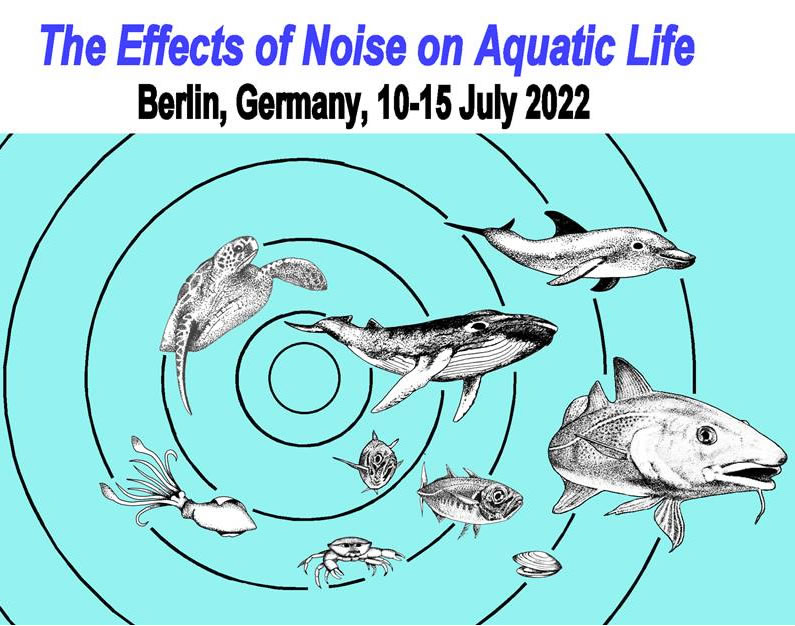

Comments: (no paper yet)
Ref.: Int. Conf. on the Effects of Noise on Aquatic Life, Berlin (Germany),
July 2022
Abstract:
In the last decades, human pressure in the ocean has been increasing. Therefore, marine
environments are getting even further exposed to a myriad of anthropogenic noise sources
which ultimately may put at risk marine communities. Over the years, several authors proposed
methodologies to assess the potential risk to which species could be exposed (Erbe et al. 2014;
Verling et al. 2021). However, the results of existent approaches do not allow an easy
comparison of risk levels between species and/or in different locations nor monitoring periods.
The objective of the present study is to propose an alternative methodology to assess
quantifiable risk through the combination of noise pressure and species distribution maps. This
combination is based on a Bayesian-inspired estimation method.
The proposed method considers that: the quality of the habitat, as an indication of the species
potential distribution in a given location, is characterized by a random variable A with an
associated probability density p(a) and that the sound level/noise, at the same location, is
represented by a random variable B, with an empirical probability density p(b). Considering that
both A and B occur in the same given location and time, it is assumed that they are not
independent nor separable so that the knowledge of B will have an impact on the habitat
represented by random variable A, which may be summarized in the conditional probability
p(b|a). From there, the Bayes theorem will allow to determine the so called posterior density of
A after B was taken into account as, p(a|b).
The proposed methodology was tested in the SW coast of Portugal, near Setúbal, by predicting
the noise distribution due to a seismic survey and the common dolphin habitat suitability based
on species observations of the last 15 years using Maxent (Phillips et al. 2006). Since time
resolution was not sufficient to obtain proper estimations of pdf prior for habitat, it was further
assumed that A and B were both Normal distributed, which allowed to readily obtain
expressions for the Bayes conditional mean and variance estimates.
Comparing Bayes and Erbes’ methods, it was possible to observe similar spatial risk
distribution, highlighting several impacted areas. The results attest the validity of the proposed
methodology, encouraging its use in future risk assessment studies. Additionally, quantifying
risk levels through the proposed Bayes-based methodology, makes it possible comparison for
different species in different places and times, which is not possible with current methods.